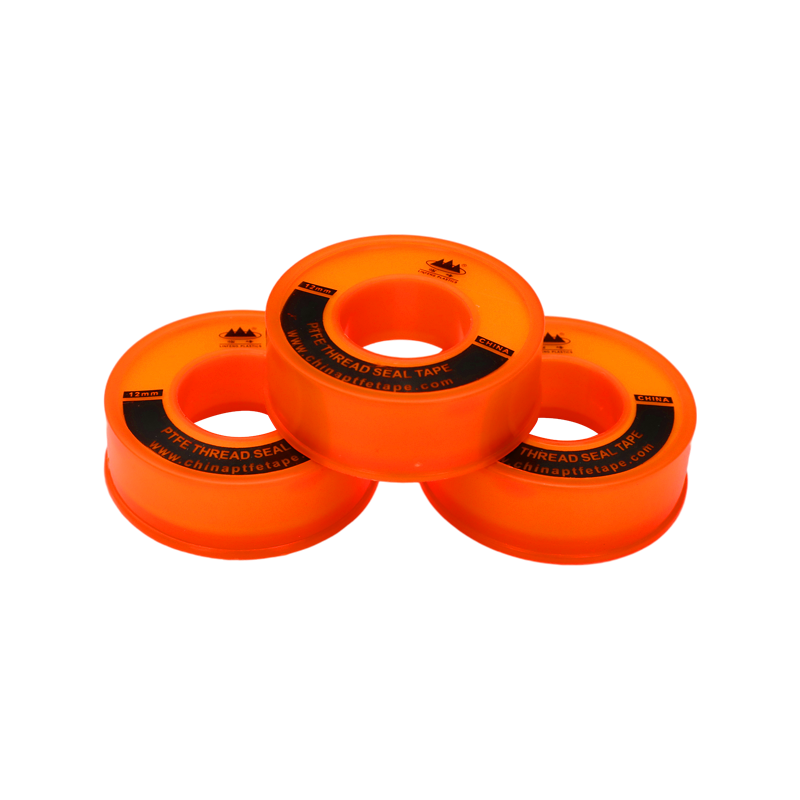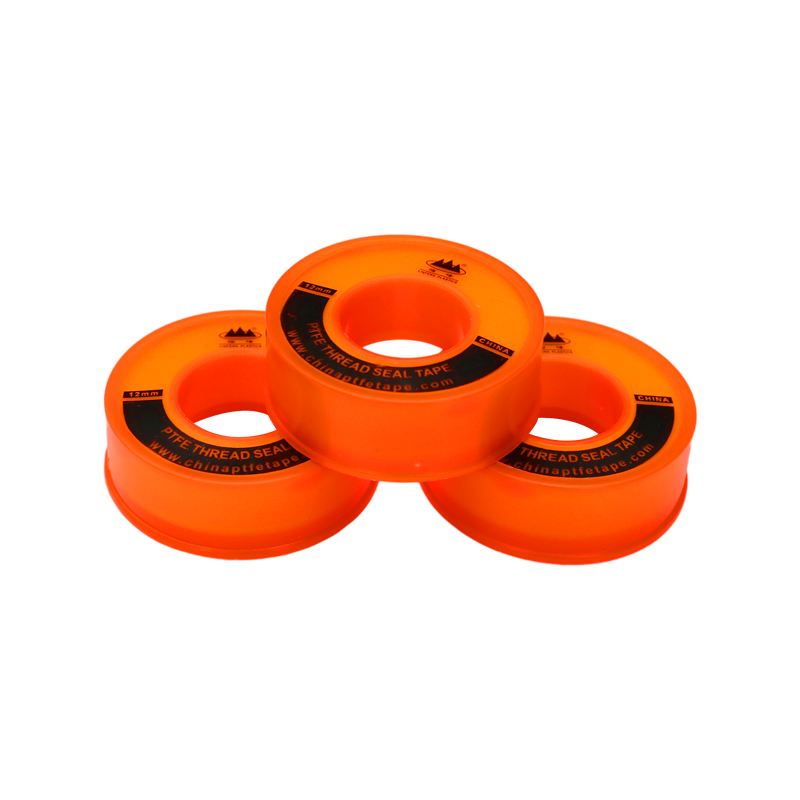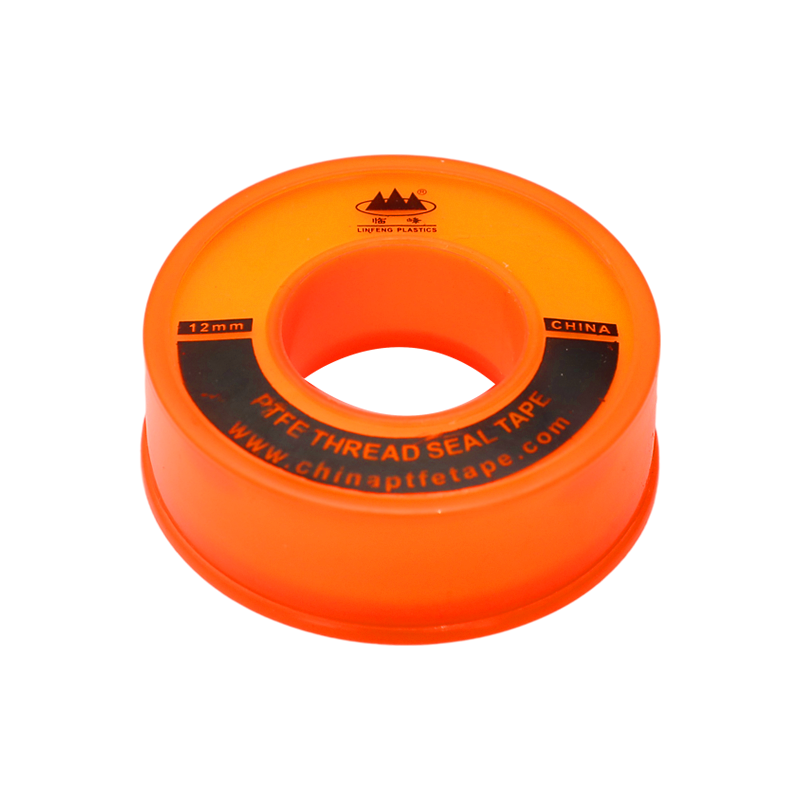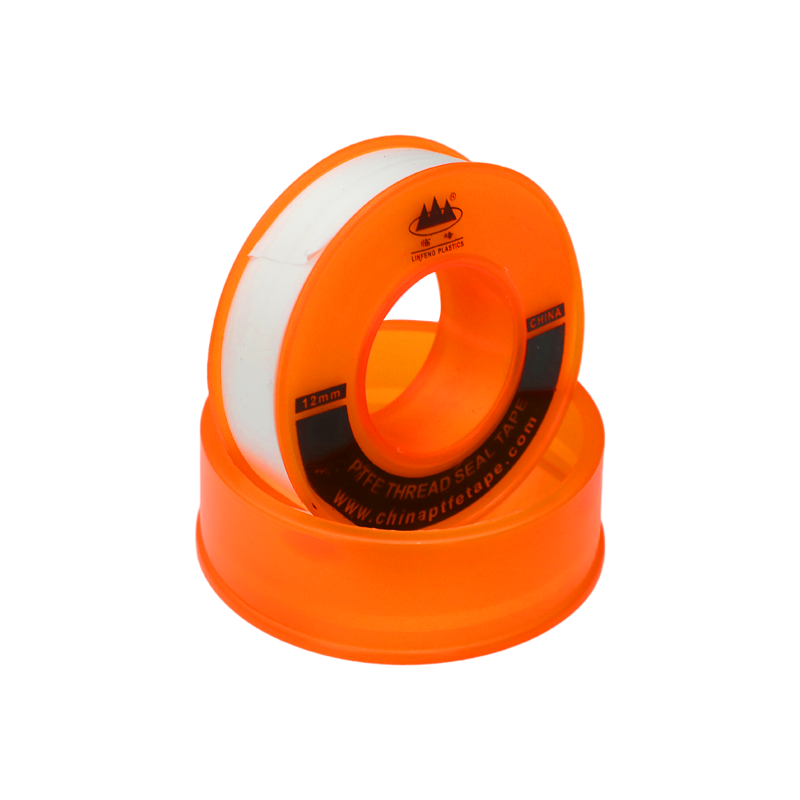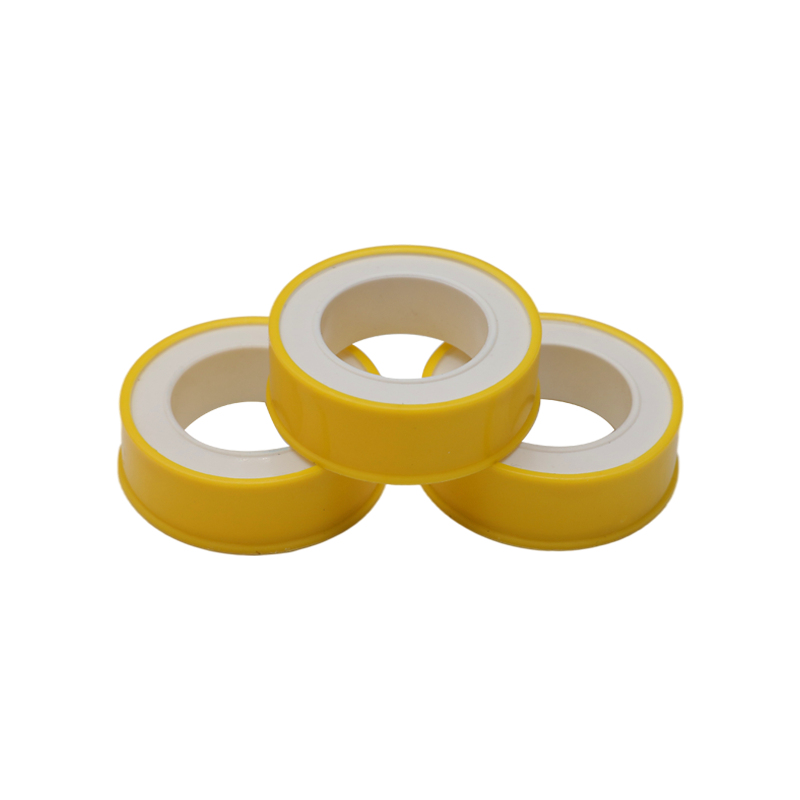Industry knowledge
The production steps of 12MM gas ptfe ape
To produce a
12mm gas PTFE tape (also known as gas sealing tape or PTFE gas tape), the following production steps are typically involved:
Material Preparation: The primary material used in gas PTFE tape is PTFE (polytetrafluoroethylene). The raw PTFE material is obtained and prepared for the production process.
Mixing and Extrusion: The PTFE material is mixed with any required additives or fillers to enhance its properties. The mixture is then fed into an extruder, which applies heat and pressure to melt the PTFE and shape it into a continuous strip. The extrusion process ensures that the tape has a consistent thickness and width.
Cooling and Cutting: As the PTFE tape emerges from the extruder, it is rapidly cooled to solidify it. The cooled tape is then cut into the desired length, usually in rolls or spools.
Printing: If necessary, the gas PTFE tape may undergo a printing process to add product information, branding, or instructions on the tape surface. Printing can be done using specialized equipment that applies ink or other marking substances onto the tape.
Quality Control: Before packaging, the gas PTFE tape undergoes quality control inspections to ensure that it meets the required standards and specifications. This step involves checking for proper thickness, width, uniformity, and any other relevant quality parameters.
Packaging: The gas PTFE tape is packaged for distribution and sale. It is typically wound onto spools, placed in individual plastic bags, or wrapped in protective packaging to keep it clean and prevent damage during transportation and storage.
Labeling and Documentation: Labels or stickers with product information, specifications, safety warnings, and other relevant details are affixed to the packaging. Documentation such as batch numbers, manufacturing dates, and certifications may also be included.
Storage and Distribution: The packaged gas PTFE tape is stored in a suitable warehouse or distribution center until it is ready for shipment. It is then distributed to retailers, wholesalers, or directly to customers.


 English
English Espa?ol
Espa?ol